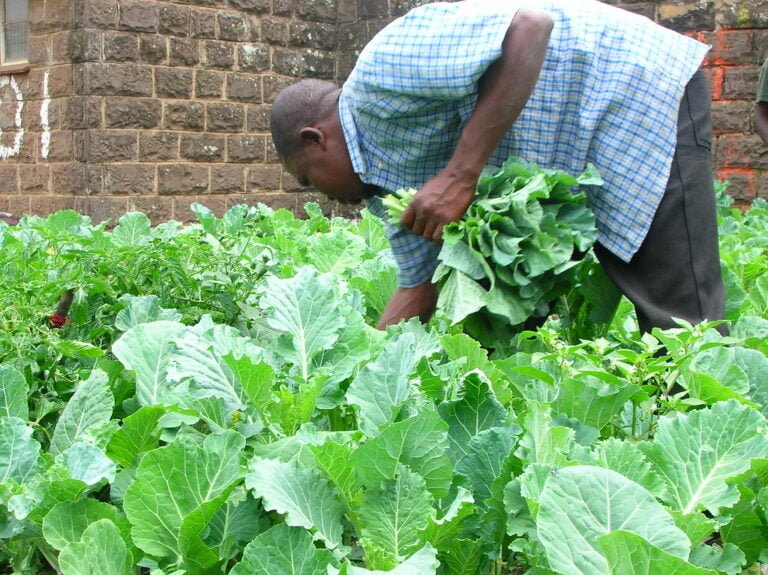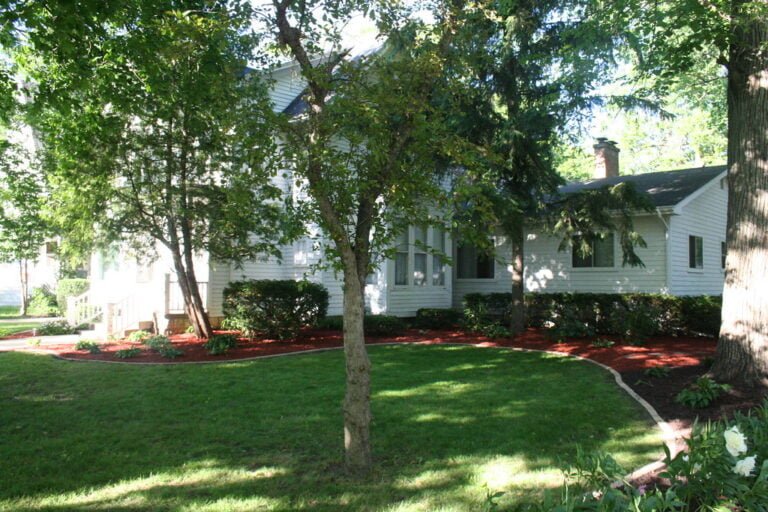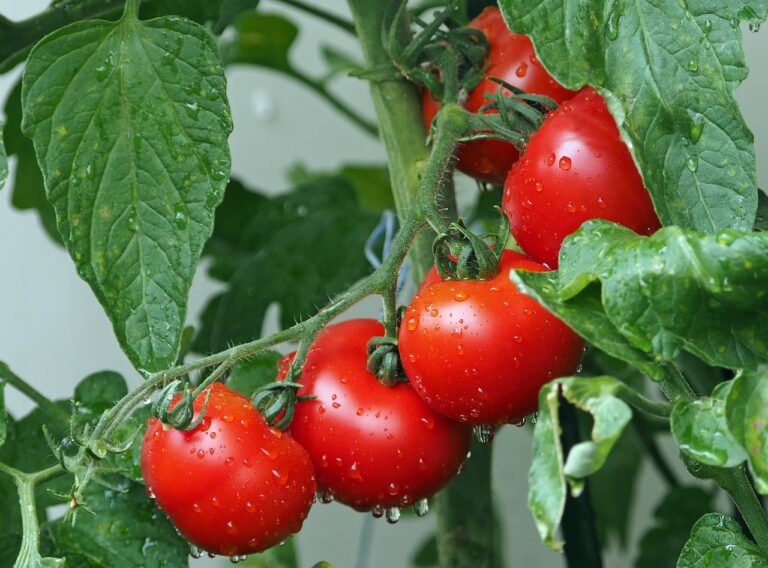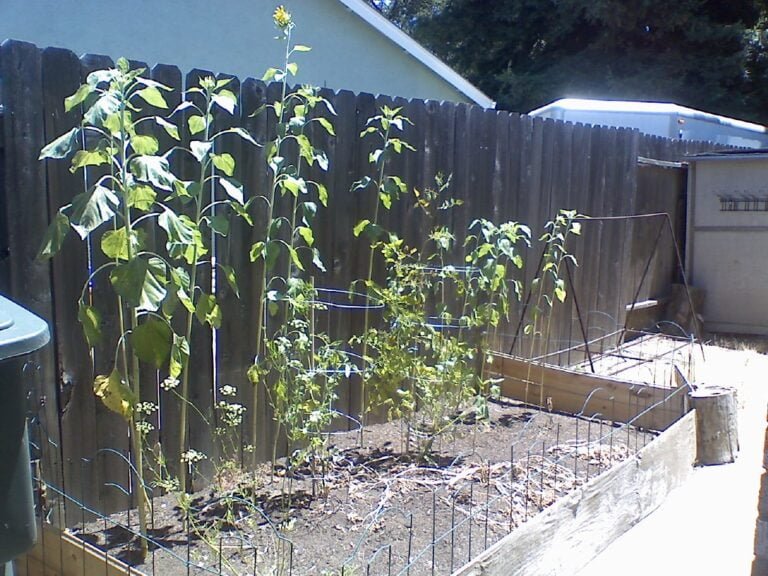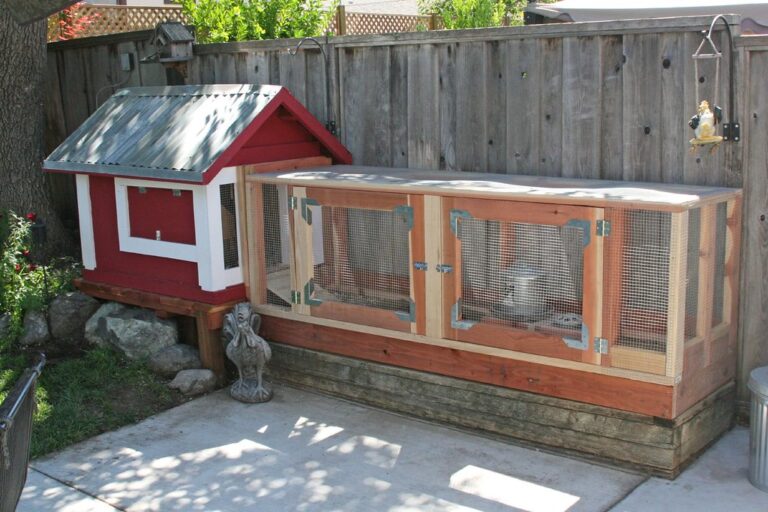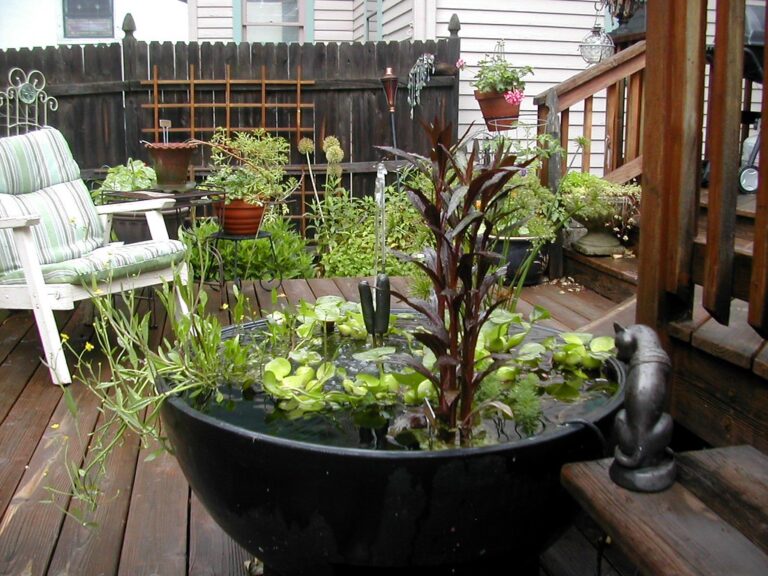Using Potting Soil to Start Seeds: Is It Possible?
Starting seeds using potting soil is possible. It’s cost-effective and adaptable, but not ideal for root growth due to its denser composition. You need to monitor moisture levels and guarantee proper aeration. Be cautious of harmful chemicals in fertilizers in potting soil. However, if you’re interested in learning more tips and considerations for using potting soil effectively for seed starting, there’s much more valuable information available.
Benefits of Using Potting Soil
When considering the benefits of using potting soil for starting seeds, one must weigh its cost-effectiveness and adaptability against potential challenges. Potting soil, despite possibly containing larger organic materials that could impede delicate seed germination, remains a viable option for seed starting. While it may not be as ideal as seed starting mix in promoting root growth due to its denser nature, adjustments can be made to improve its performance in this area. Monitoring moisture levels and ensuring proper aeration are important when using potting soil to facilitate successful seed germination. It is crucial to be mindful of the fertilizers present in the potting soil, as harmful chemicals can negatively impact seedling growth.
I have found that potting soil, with its budget-friendly nature, can serve as a practical alternative for starting seeds, provided that certain modifications are implemented to address its limitations. By carefully selecting a potting soil that is rich in nutrients and free from harmful additives, one can create a conducive environment for seed germination and subsequent seedling growth. While seed starting mix is often preferred, potting soil can be a valuable resource with proper attention to detail and care.
Types of Potting Soil for Seed Starting
I’ve found that selecting the right soil composition is essential for successful seed starting. Opt for potting soil mixes that have good moisture retention capabilities and provide adequate aeration for developing seedlings. Ensuring the soil can hold enough water without becoming waterlogged will be vital to supporting healthy seed germination.
Soil Composition for Seeds
When selecting potting soil for seed starting, choosing a lightweight blend that provides good drainage and includes components such as peat moss, perlite, and vermiculite is crucial. A seed starting blend guarantees proper aeration, vital for healthy root development and early plant growth. The lightweight quality of the blend prevents compaction, assisting in germination. Peat moss retains moisture, perlite improves drainage, and vermiculite boosts nutrient retention. These elements collaborate to create an ideal environment for seeds to sprout. Avoid heavy garden soil, as it can impede growth and result in issues like damping-off. Opting for a potting soil blend specifically formulated for seed starting increases the likelihood of successful germination and vigorous seedling growth.
Moisture Retention in Soil
For ideal seed starting, choosing potting soil with high moisture retention properties is essential, ensuring a favorable environment for germination and early plant growth. When considering moisture retention in soil for seed starting, here are three essential factors to keep in mind:
- Organic Seed Starting Mixes: Opt for organic seed starting mixes that contain materials like coir, which efficiently retain moisture to support seed germination.
- DIY Seed Starting Mix: Creating a DIY seed starting mix with components like peat moss can improve moisture retention, providing an ideal environment for seedlings to thrive.
- Soilless Seed Starting: Using a soilless seed starting mix can also be advantageous, as these mixes are designed to hold moisture effectively, promoting healthy seed development.
Advantages of Potting Soil Mixes
When considering the benefits of potting soil mixes for starting seeds, it is crucial to evaluate the nutrient-rich composition that can support robust early plant growth. Potting soil mixes, such as organic seed starting mixes, offer a balanced blend of organic material that can improve soil structure and provide essential nutrients for seedlings. This nutrient content can help boost germination rates and encourage healthy seedling development.
One advantage of potting soil mixes is their excellent moisture retention capabilities. These mixes are designed to retain water effectively, ensuring that seedlings have a consistent water supply for ideal growth. Additionally, the water retention properties of potting soil help maintain the necessary moisture levels without causing waterlogging, which could lead to root rot or other issues.
Another benefit of using potting soil for starting seeds is its versatility and cost-effectiveness. Potting soil mixes are more affordable than specialized seed starting mixes, making them a practical choice for gardeners looking to use a single soil mix for various planting needs. This versatility allows gardeners to use potting soil not only for seed starting but also for transplanting and growing established plants, maximizing its utility in gardening projects.
Tips for Using Potting Soil
To maximize the effectiveness of potting soil for starting seeds, it is vital to implement specific tips that can boost germination and seedling growth. When using potting soil for seed starting, there are several key factors to keep in mind to ensure ideal conditions for successful germination:
- Ensure Proper Drainage: Potting soil can retain more moisture than seed starting mix, so it’s essential to have adequate drainage in your seed trays. This prevents waterlogged conditions that can lead to seed rot and hinder germination rates.
- Monitor Watering Carefully: Overwatering is a common issue when using potting soil. Keep a close eye on moisture levels and water only when the top layer of the soil is dry to the touch. This helps prevent drowning the seeds and promotes healthier root development.
- Provide Adequate Light and Warmth: Light and warmth are critical for seed germination. Place your seed trays in a location that receives sufficient natural light or supplement with grow lights. Additionally, consider using bottom heat sources to maintain ideal soil temperature, promoting quicker and more uniform germination.
Common Misconceptions About Potting Soil
I find it essential to address misconceptions surrounding potting soil when starting seeds. Understanding the composition myths, nutrient availability confusion, and seedling growth concerns can greatly impact the success of seed germination and early growth stages. By dispelling these misconceptions, gardeners can make informed decisions about the use of potting soil for starting seeds.
Soil Composition Myths
Among the common misconceptions about potting soil is the belief that it is always suitable for starting seeds, despite potential drawbacks such as larger organic materials that can obstruct seedling growth. When considering soil composition myths, it’s important to understand the following:
- Organic Materials: Potting soil may contain larger organic materials like bark or sticks that hinder seedling growth.
- Fertilizers: Unlike seed starting mix, potting soil might have harmful fertilizers that can damage delicate seeds.
- Soil Microbiologicals: Unlike seed starting mix, potting soil can contain soil microbiologicals such as fungi or bacteria that are not ideal for seed germination.
Being aware of these aspects can help in making informed decisions when selecting the right medium for starting seeds.
Nutrient Availability Confusion
In potting soil, the presence of harmful fertilizers can create confusion regarding nutrient availability for delicate seeds. Nutrient content in potting soil is not always clearly defined due to the variability of ingredients used in different brands. Additionally, the lack of regulation in potting soil composition adds to the uncertainty surrounding nutrient availability for seed germination. The potential risk of nutrient imbalances poses a challenge when using potting soil for starting seeds, as it may hinder root growth and overall plant development. It is vital to carefully assess the nutrient composition of potting soil to ensure ideal conditions for delicate seeds and to avoid potential setbacks during the critical germination stage.
Seedling Growth Concerns
Concerns regarding seedling growth when using potting soil arise due to its denser texture and potential for compaction, posing challenges for delicate seedlings. Here are three critical points to take into account when using potting soil for seedlings:
- Root Growth: Seedlings in potting soil may exhibit slower root growth due to the denser texture of the soil, which can impede root development.
- Fertilizers: Potting soil may contain harmful fertilizers that can negatively impact germinating seeds and delicate seedlings, affecting their growth.
- Monitoring and Adjustments: Using potting soil for seed starting requires careful monitoring and adjustments to ensure ideal growth conditions for the delicate seedlings, as the soil may not provide the perfect environment for their development.
How to Prepare Potting Soil for Seeds
To properly prepare potting soil for seeds, it is essential to guarantee adequate drainage by incorporating perlite or sand to avoid waterlogging. Proper drainage is vital to prevent the seeds from sitting in water, which can lead to root rot and other issues. When starting seeds, it’s important to create a balanced mix in the potting soil. Mixing in compost can provide some nutrients for the seedlings without overwhelming them. Additionally, consider sterilizing the potting soil before use to reduce the risk of pests and diseases that could harm the seeds.
Adjusting the pH of the potting soil is another critical step in preparing it for seeds. Different seeds have varying pH preferences, so it’s essential to tailor the soil to suit the specific needs of the seeds you are planting. Monitoring moisture levels is also key to successful seed starting. Keep a close eye on the moisture content to prevent overwatering or underwatering, both of which can be detrimental to seed germination and growth.
Factors to Consider When Using Potting Soil
When utilizing potting soil for seed starting, it is vital to assess the composition and potential limitations to optimize seedling development. Several factors must be taken into account to guarantee the successful germination and growth of seeds:
- Organic Materials: Potting soil may contain larger organic materials such as wood chips or bark that can impede seedling growth. These materials can create air gaps, affecting the moisture levels around delicate seeds.
- Root Development: Due to its denser nature compared to seed starting mix, potting soil can hinder root development in seedlings. The compact structure may make it harder for roots to penetrate and establish themselves, leading to stunted growth.
- Fertilizers: Some potting soils come pre-mixed with fertilizers designed for established plants. These fertilizers can be too harsh for delicate seeds, causing burn or damage during the germination process. It is essential to choose a potting soil without added fertilizers or opt for a specific seed starting mix to avoid this issue.
Considering these factors when using potting soil can help mitigate potential challenges and create a more conducive environment for seed germination and early seedling growth.

